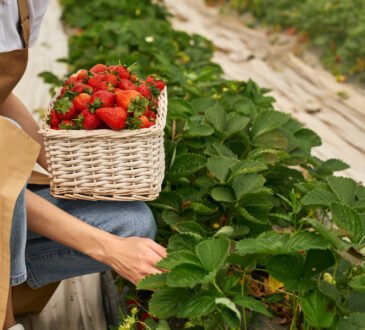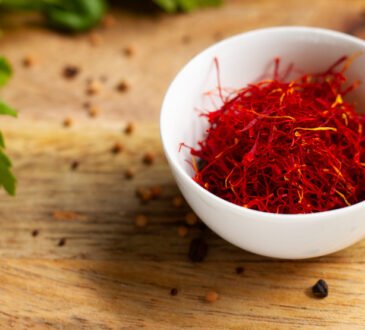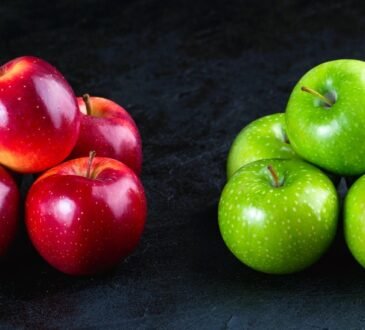
Growing peas at home in pots is a great way to enjoy fresh and flavorful peas even if you have limited space. Here’s a simple guide to help you get started:
How to Grow Peas at Home in Pots
1. Choose the Right Pot:
- Select a large container with a depth of at least 8-10 inches to allow for proper root development.
- Ensure the pot has drainage holes at the bottom to prevent waterlogging.
2. Select the Pea Variety:
- Choose a pea variety suitable for container gardening. Dwarf or bush varieties are ideal for small spaces.
- Consider the mature height of the pea plants when selecting the variety.
3. Potting Mix:
- Use a well-draining potting mix rich in organic matter. You can mix garden soil with compost or purchase a pre-made potting mix.
- Fill the pot with the potting mix, leaving a few inches of space at the top for watering.
4. Planting Peas:
- Sow pea seeds directly into the pot, spacing them about 2 inches apart.
- Plant the seeds to a depth of 1-2 inches in the soil.
- Water the seeds gently after planting to ensure the soil is evenly moist.
5. Location and Sunlight:
- Place the pot in a sunny location where the peas will receive at least 6-8 hours of sunlight per day.
- If you’re growing peas indoors, place them near a south-facing window to maximize sunlight exposure.

6. Watering:
- Keep the soil consistently moist but not waterlogged. Water the peas whenever the top inch of soil feels dry to the touch.
- Avoid overwatering, as excessive moisture can lead to root rot.
7. Support for Pea Plants:
- Pea plants will need support as they grow. Install a trellis, stakes, or a pea netting system in the pot to provide support for the plants.
- Train the pea vines to climb the support structure as they grow.
8. Fertilizing:
- Peas are light feeders and typically do not require heavy fertilization. A balanced fertilizer applied at planting time is usually sufficient.
- Avoid using excessive nitrogen fertilizer, as it can promote lush foliage growth at the expense of pea pod development.
9. Harvesting:
- Peas are ready for harvest when the pods are plump and firm, but the peas inside are still tender.
- Harvest peas regularly to encourage continued production.
10. Successive Plantings:
- For a continuous harvest, sow pea seeds in successive plantings every 2-3 weeks throughout the growing season.
11. Pest and Disease Management:
- Keep an eye out for common pests like aphids, pea moths, and powdery mildew, and address any infestations promptly.
- Practice crop rotation and proper sanitation to minimize the risk of diseases.
By following these steps, you can successfully grow peas at home in pots and enjoy a bountiful harvest of fresh and delicious peas throughout the growing season.




